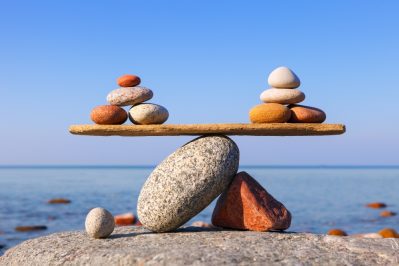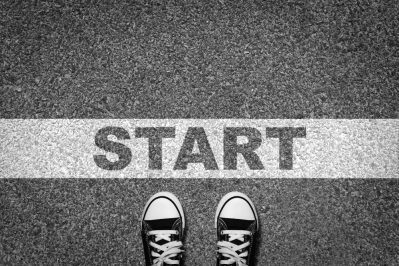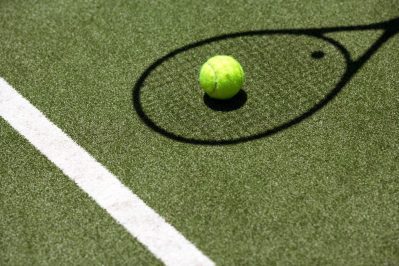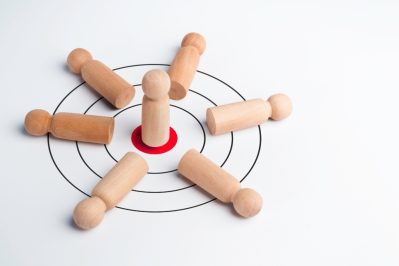I have always found tennis to be full of metaphors for strategy, leadership and personal growth.
Recently, I took a tennis lesson with a friend. Rather than just working on skills, we asked the instructor to watch us play a set and coach each of us through a game. Watching us play, the coach focused particularly on how to attack our opponent’s weakness, while learning to defend our own weakness at the same time.
I’ve thought about this a lot in the weeks since the lesson.
I’ve played tennis for most of my life, and my game has consistently relied more on strategy than talent. And, to the coach’s point, tennis probably provides the best sports analogy for the grave consequences of failing to understand your weaknesses. In tennis, simply knowing your weaknesses is not enough; if you don’t have a strategy for mitigating them, a smart opponent will constantly exploit them and win easily.
In life, and especially in leadership, I always advocate for identifying and playing to your strengths, rather than investing too much time and effort in improving your shortcomings. I suggest this because we are far more likely to succeed at what we do well and enjoy than what we don’t.
Of course, this can only happen if you have the self-awareness to know what you don’t do well. And just as in tennis, you need a strategy for addressing and neutralizing those weaknesses.
To be clear, this doesn’t always mean working to improve areas where you are weak; sometimes you just need to find a way to keep a weakness from becoming a liability. Many people design their lives around the things they do well and enjoy doing, and often find a partner who complements them. I bet you won’t find many married couples do all the same things well.
Similarly, the leaders I have seen build great organizations don’t try to do everything well. Instead, they invest the majority of their own time in what they’re good at and hire and empower others to cover their weaknesses.
For example, a leader who isn’t good with numbers should not work themselves to the bone in hopes of getting good enough to do the books. Instead, they should recognize this deficiency and hire a talented accountant who can do the work faster, and more accurately. However, that same leader will need to know enough about accounting to verify the accountant’s work and hold them accountable.
In tennis, the goal is not to make your weakness a strength; it’s to find a way to make it less visible so that you can play to your strengths. The difference in tennis is that most people can clearly see their weakness and are forced to address it once it is exposed.
The same is not always true in life. When we’re bad at something, it’s not as readily pointed out to us; learning our weak spots requires a degree of self-awareness and openness to feedback. Otherwise, these blind spots may be exploited by competitors, and even by the people on our own teams.
Great leaders also seek to understand these same traits in their teams and develop a clear understanding of where their team members excel and struggle. This helps them effectively delegate tasks, promote collaboration, and ultimately build a team of people who balance each other out and don’t have glaring collective weaknesses.
At the end of the day, we all have our unique abilities and our shortcomings. The problem we face currently in in our perfection-driven world is that we often fail to acknowledge this reality. We need to cultivate a culture where weaknesses are seen as a fact of life and an opportunity for better team synergy, rather than as personal failings to sweep under the rug. This is especially true in situations the mirror the dynamic in tennis, where ignoring weaknesses will consistently yield negative outcomes.
When we commit to becoming more aware of our weaknesses and focus on neutralizing them in a way that lets us play to our strengths, we will find ourselves ahead in whatever game we are playing.
Quote of The Week
“We all have strengths and weaknesses. The success of our work depends on knowing the difference.”
–Steve Maraboli









